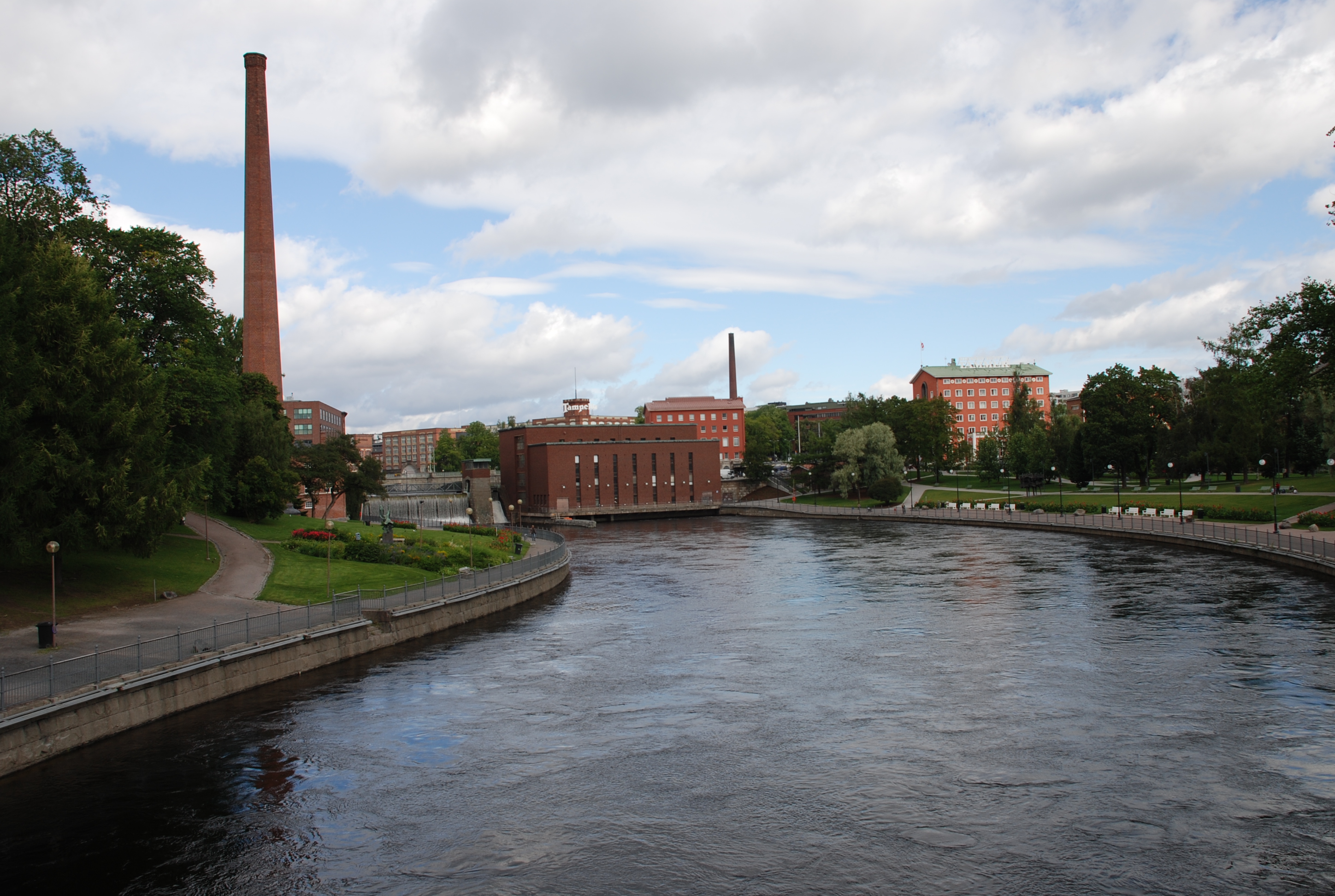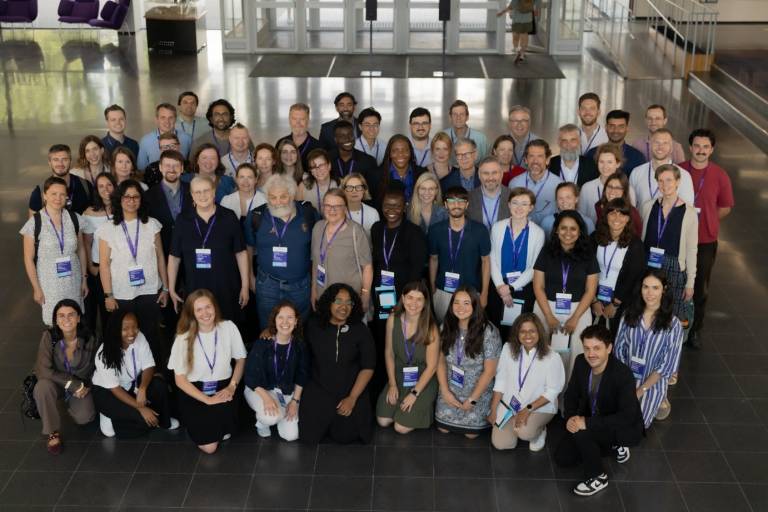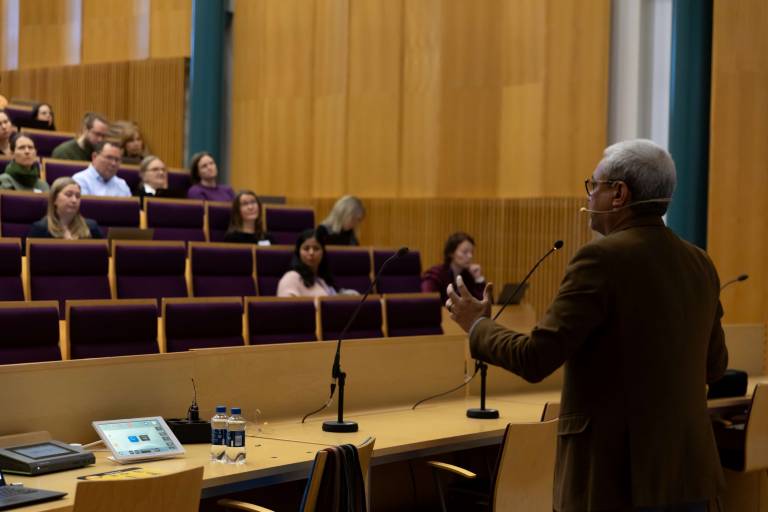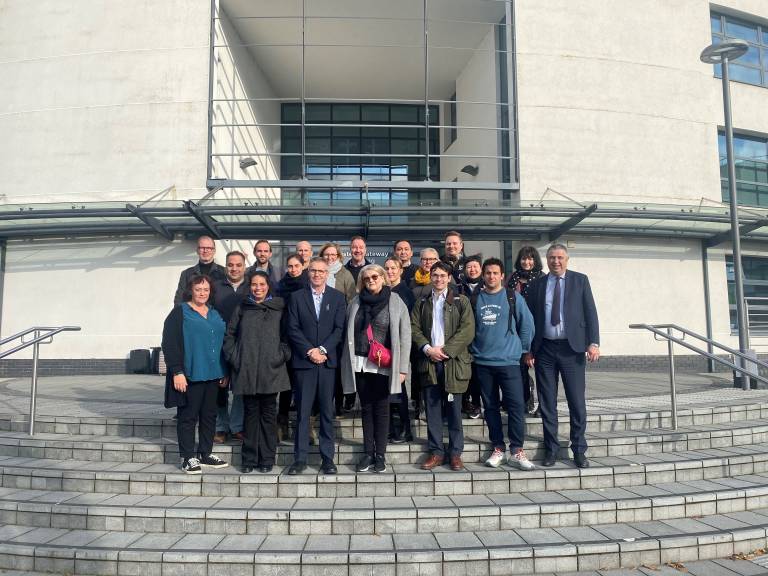The future appears bleak, even though there are some positive news, such as a decrease in people living in absolute poverty, an increase in life expectancy, and better health care for more people.
Yet, these are also reasons for concern. Wealthier people who live longer consume and travel more, thus burdening the environmental systems of the planet even more. The most recent climate change, shifts in the geography of life, and extinctions have already begun. The future in terms of life on the planet is grim in many respects.
To make the best of this miserable future, we may need pessimism. We may need to be pessimistic about the future of life on this planet. Without such pessimism, our fears might materialize; we need pessimism to have hope.
Usually, a pessimist is someone who expects the worst. The term’s English origin can be traced to French, which probably took it from the Latin pessimus, or “worst.” In German, pessimismus is recorded in the early 1800s in Schopenhauer’s philosophy that calls attention to the inner nature of the world as aimless, insatiable striving where existence is characterized with struggle and dissatisfaction.
Schopenhauer’s philosophy parallels with many Eastern ideas. In the Western tradition it descends from ancient philosophy both tragic and Stoic.
Pessimism is best understood as a modern discourse about politics.[1] To the pessimist, “the political world, like every other part of the world, is marked by change and disorder.”[2]
Pessimism about life on Earth
We are witnessing an increasing trend in pointing to the various environmental crises experienced around Earth. Not only is our current situation more alarming than in the past, but the future will be more worrisome. We may act now, and the future will be somewhat less worrisome, but worrisome nevertheless. Or we may delay action, and the future might even be disastrous.
The reasons behind this view are summarized in the notion of the Anthropocene, the human era. This latest era in Earth’s history is characterized by human impact amounting to a geological force. Anthropogenic climate change is due to the technological powers of humans.
We have not had enough pessimists around to point out that the various technological advances will come with a heavy cost.
We also seem not to have had enough pessimists around to point out that improvements in the human condition, e.g. in the areas of poverty, nutrition, health, and life expectancy, have also their underappreciated effects on the planet, which loop back on the humans – albeit it a generation or two later.
Do we, in a way then, face the current environmental crises and the bleak future due to insufficient pessimism?
What we might do without pessimism
Some continue on the path of insufficient pessimism in their responses to the predicted future. Quite often, this comes out in the hopes levied on technological breakthroughs of various kinds or in the use of technology to solve the problems.
The myriad technological solutions aim to minimize human impact on the planet, or to influence positively different environmental systems, or to control how much energy enters or remains trapped on the planet.
Without pessimism, we might think that these actions will be enough, or if not, at least some future technological breakthrough will be our savior.
But we are engaged in devising new technological ways of solving climate change even though it has already been shown that current technologies could be sufficient.[3]
Why do we continue to search for new technologies to solve our predicament, when with sufficient (political) will we could make significant headway with already existing technologies?
We remain optimistic about future technologies coming to our rescue, but we seem not to consider sufficiently the novel problems such technologies might introduce. Climate change is, after all, a wicked problem.[4]
A need for pessimism without succumbing to it
Too much pessimism is bad, too, and not just for one’s health, future prospects, and relationships.[5] With too much pessimism there would be no investments, no inventions, and combating climate change would be difficult. What is the point if it will not work anyway?
But such an attitude misunderstands the kind of pessimism that is needed.
The aim should not be a “governance” of pessimism with the right balance of optimism but rather to let go of such needs to begin with.
To draw freely from Siddhārtha Gautama’s teachings,[6] the way to let go is to follow a different path: one of moderation with regard to the importance and usefulness of theories and ideals, of ultimate values, and of experience.
Thus, it might be that the material or physical aspects of the world requires us to be pessimistic, because otherwise we might become too optimistic about human ability to solve future problems for instance through technology. Yet, embracing pessimism by itself is not enough. We ought to let go of the perceived need of formulating some ideal goals – including a right balance between optimism and pessimism.
Things will not work out in some ideal way; so be it, let’s get on with doing the best we can, limited as we are.
Bibliography
Buddha. ”Dhammacakkappavattana Sutta: Setting in Motion the Wheel of Truth.” 1993.
Carver, Charles S. ”Optimism and Pessimism.” In International Encyclopedia of the Social & Behavioral Sciences (Second Edition), edited by James D. Wright. 263-67. Oxford: Elsevier, 2015.
Dienstag, Joshua Foa. ”Pessimistic Realism and Realistic Pessimism.” Chap. 9 In Political Thought and International Relations: Variations on a Realist Theme, edited by Duncan Bell. 159-76. Oxford: Oxford University Press, 2008.
Pacala, S., and R. Socolow. ”Stabilization Wedges: Solving the Climate Problem for the Next 50 Years with Current Technologies.” Science 305, no. 5686 (2004): 968-72.
Rittel, Horst W. J., and Melvin M. Webber. ”Dilemmas in a General Theory of Planning.” Policy Sciences 4, no. 2 (1973): 155-69.
Segerstrom, Suzanne C., Charles S. Carver, and Michael F. Scheier. ”Optimism.” Chap. 11 In The Happy Mind: Cognitive Contributions to Well-Being, edited by Michael D. Robinson and Michael Eid. 195-212. Cham, Switzerland: Springer.
[1] Joshua Foa Dienstag, ”Pessimistic Realism and Realistic Pessimism,” in Political Thought and International Relations: Variations on a Realist Theme, ed. Duncan Bell (Oxford: Oxford University Press, 2008), 160.
[2] Ibid., 161.
[3] E.g. S. Pacala and R. Socolow, ”Stabilization Wedges: Solving the Climate Problem for the Next 50 Years with Current Technologies,” Science 305, no. 5686 (2004).
[4] Main characteristics of wicked problems: 1) no definitive formulation; 2) wicked problems have no stopping rule; 3) solutions are not true-or-false but good-or-bad; 4) no immediate or ultimate test of a solution; 5) every solution is a one-shot operation; 6) no well-defined set of potential solutions; 7) every wicked problem is unique; 8) every wicked problem is a symptom of another problem; 9) choice of explanation determines the nature of that problem’s resolution; 10) the planner has no right to be wrong. Horst W. J. Rittel and Melvin M. Webber, ”Dilemmas in a General Theory of Planning,” Policy Sciences 4, no. 2 (1973).
[5] Charles S. Carver, ”Optimism and Pessimism,” in International Encyclopedia of the Social & Behavioral Sciences (Second Edition), ed. James D. Wright (Oxford: Elsevier, 2015). Suzanne C. Segerstrom, Charles S. Carver, and Michael F. Scheier, ”Optimism,” in The Happy Mind: Cognitive Contributions to Well-Being, ed. Michael D. Robinson and Michael Eid (Cham, Switzerland: Springer), 195.
[6] Buddha, ”Dhammacakkappavattana Sutta: Setting in Motion the Wheel of Truth,” (1993).





Kommentit